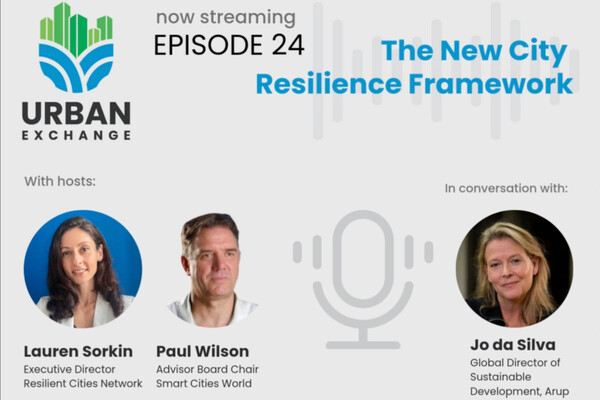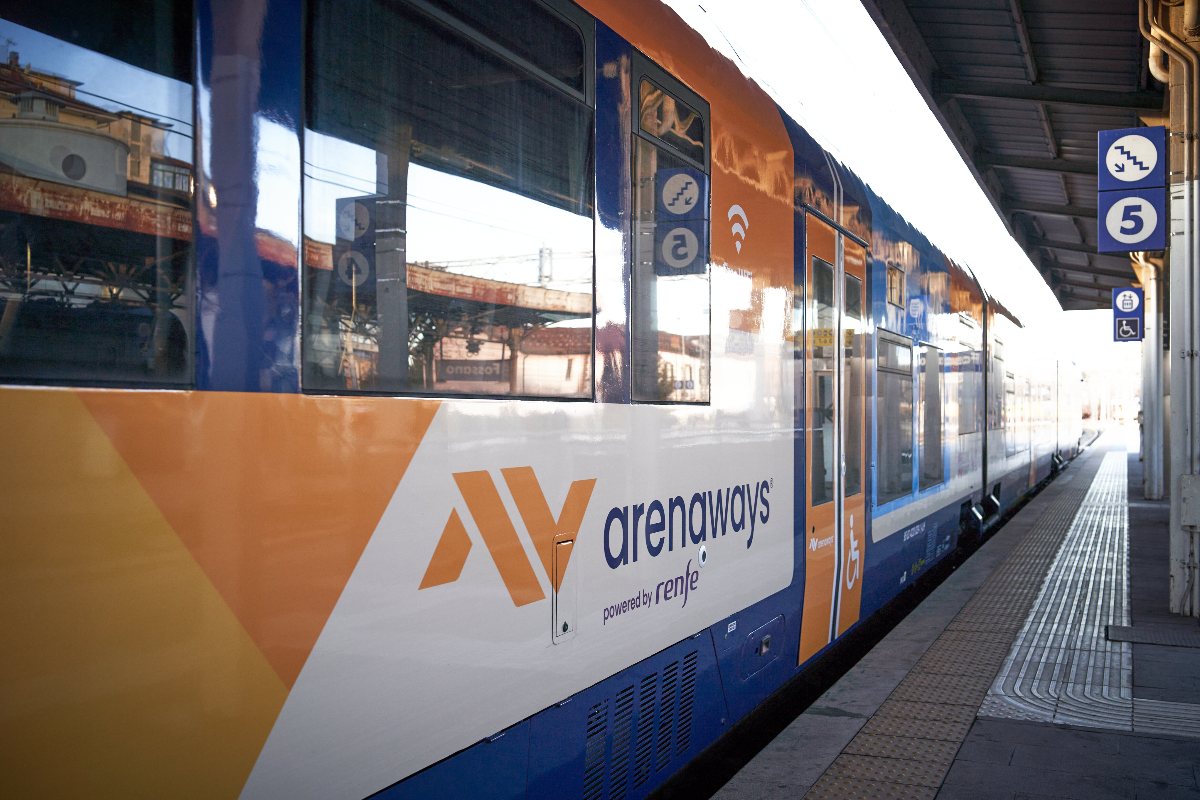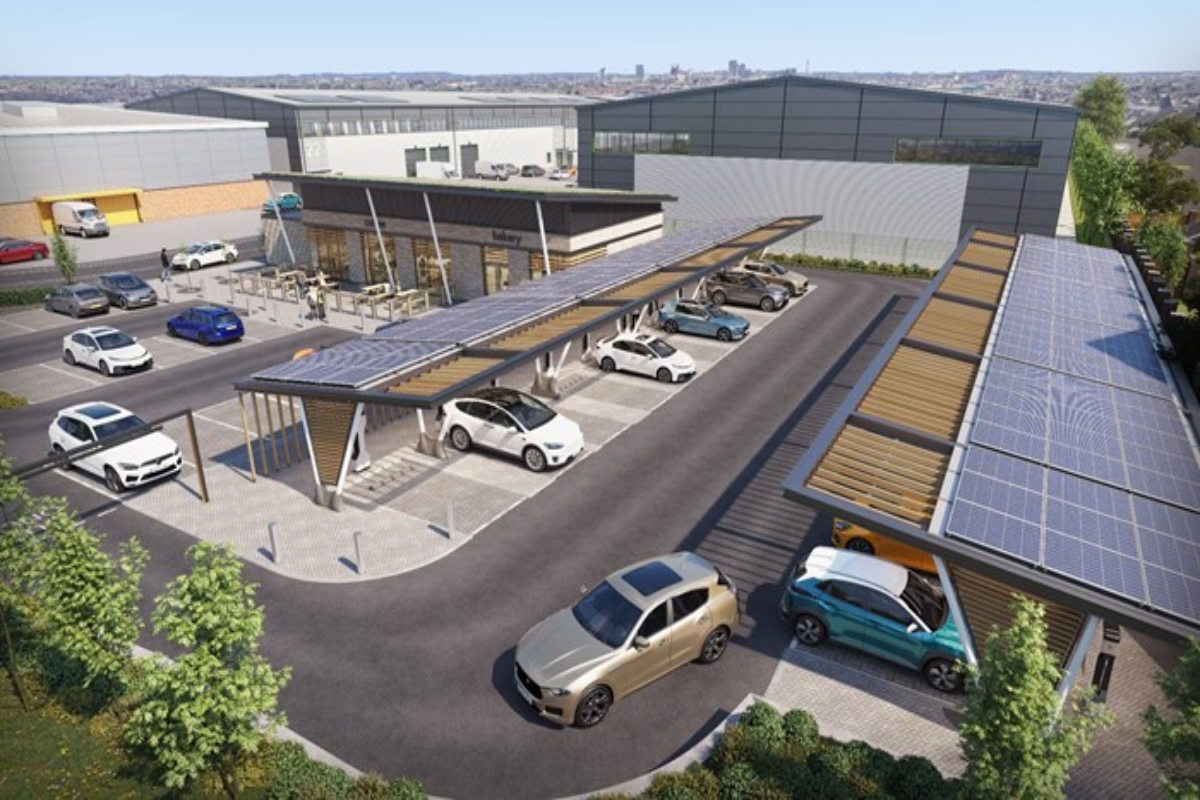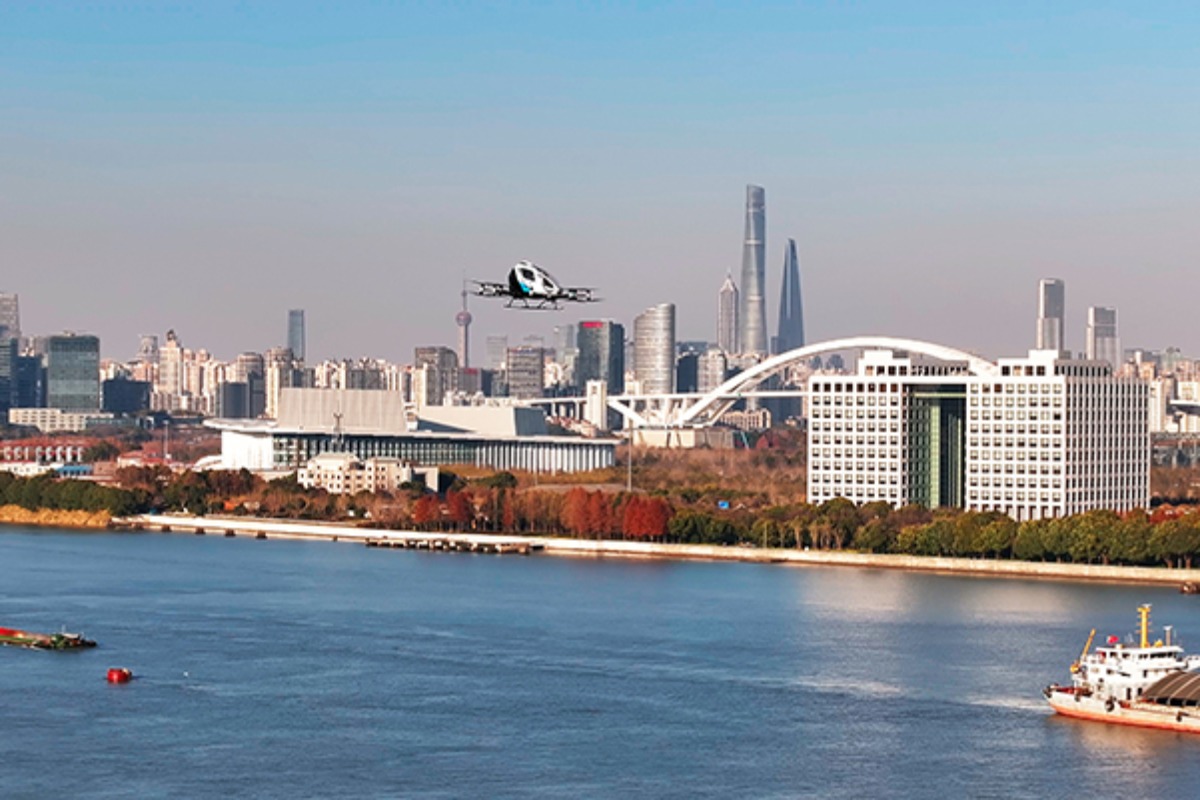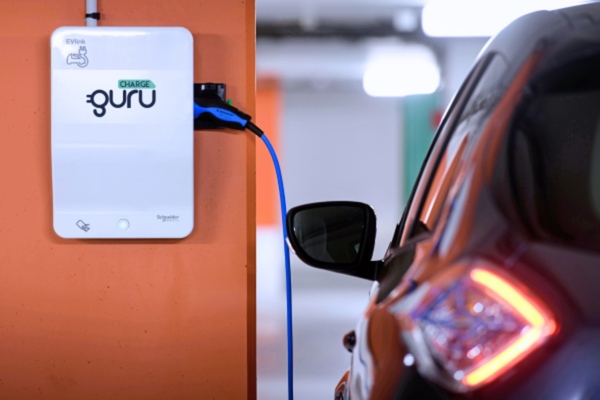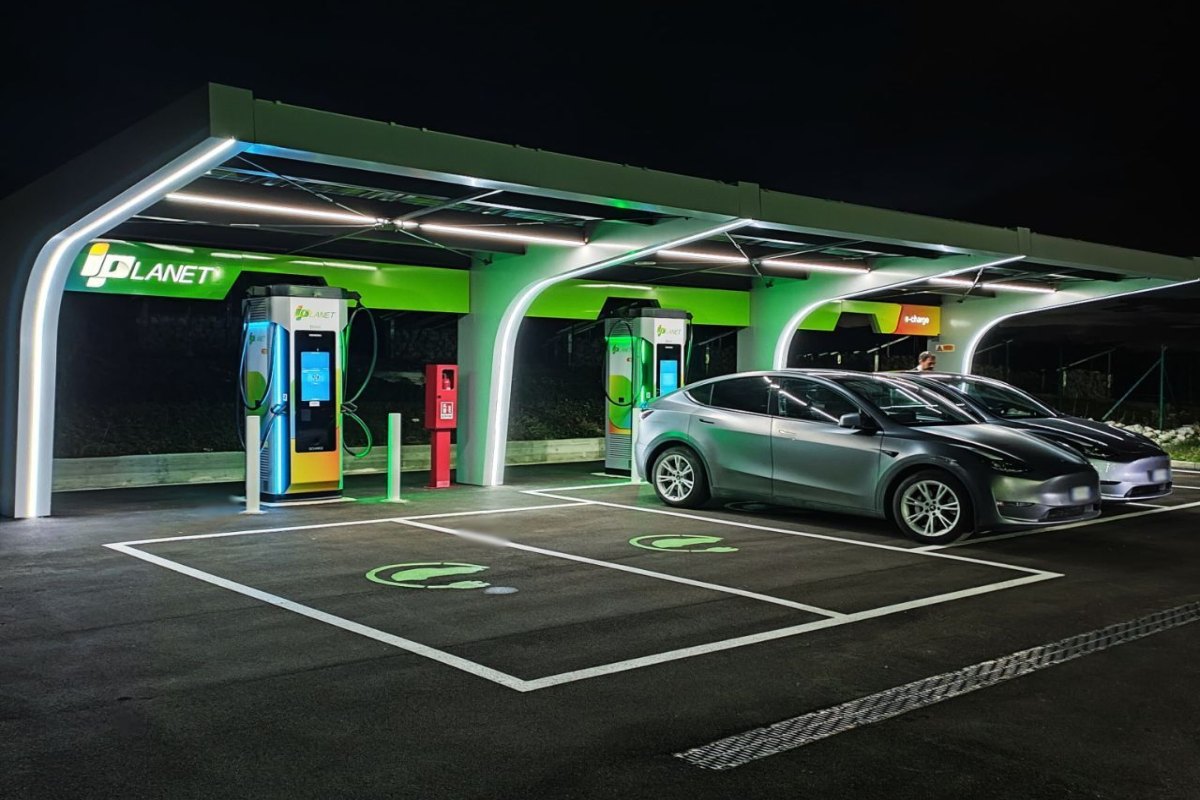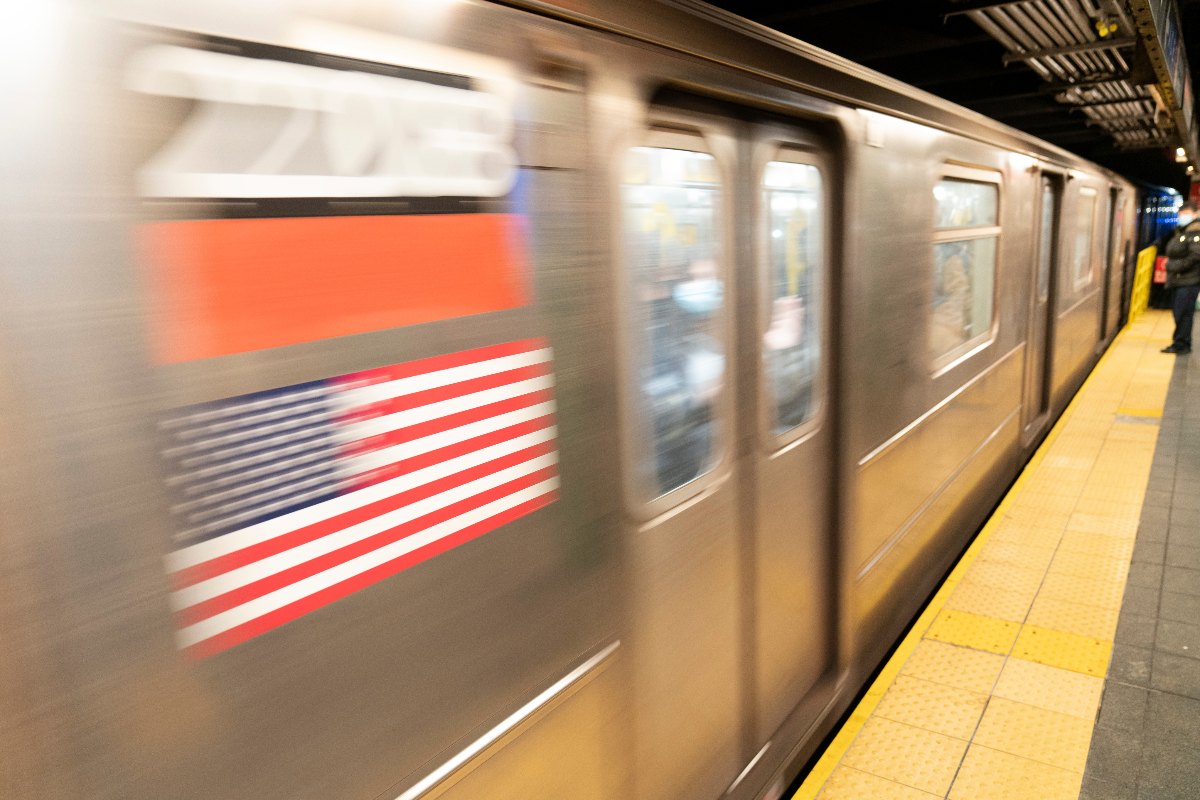Special Reports
SusHi Tech Tokyo 2024: experience ‘Tokyo 2050’ todaySponsored by The SusHi Tech Tokyo 2024 Showcase Program Executive Committee
The future of mobility? Let’s focus on the here and now
Whatever shape the future of mobility might take, there’s no reaching it without first establishing a solid foundation on which to build it – a journey that’s only just beginning for cities around the world.
I was asked earlier this week what I thought the future of mobility would look like – a question I’m so used to asking of others that I’ve scarcely stopped to consider the answer myself.
Amidst talk of hyperloop pilots, flying taxis and other potentially transformational technologies (I wonder if billionaires paying their way into the space race counts here), looking to transport’s future begins right here in the present day with more incremental change around innovation and funding.
With the climate crisis worsening on seemingly a daily basis, greener transport solutions must be the starting point for developing future transport networks. Historically, transportation has been one of the worst polluting sectors and now, with the latest IPCC report providing an urgent reminder of the trouble we’re in, we’ve reached the point where the emphasis needs to shift from climate change to climate action. Shifting to EV fleets is a gradual process that requires capital and patience, but with the continued move to “as-a-service” models, it’s something that could be more manageable moving forward, as we reported earlier in the week.
A sustainable future won’t merely hinge on green power, though, it will need to rely on sustainable materials, energy sources, and slightly more abstractly, business models. Again, the work to establish these begins now with significant investment in innovation and infrastructure. Giving EV batteries a second life is going to be crucial in the quest for sustainability; there are already some incredible pilots taking place around the world, with projections in 2019 from McKinsey estimating that the supply of second-life EV batteries could surpass 100 gigawatt-hours by 2030.
As regards sustainable business models, MaaS is often touted as the future; I’m a firm believer in the concept, but successful, profitable examples of the type of integration required to support a MaaS business model are few and far between. When we talk about sustainability in transport, it’s easy to focus too intently on a network’s green credentials over its economical feasibility and equitability. On that note, events in the last 18 months, like the pandemic and Black Lives Matter movement, have arguably done more to drive equity in transportation forward than anything else in the last decade, which is also increasingly reflected in the makeup of transport and city authorities.
There are positive signs coming from the urban mobility sector itself – it is one of the areas that make up smarter cities that has seen the biggest, quickest changes come to it in the last five years. The job is far from done, though; it isn’t only the services themselves that need to change, but the passengers, and it is arguably more difficult to win over hearts and minds than it is to invest and launch new services.
The messaging from transport operators and authorities, along with cities, must be clear and concise in the attempt to persuade drivers to leave their cars at home and switch to one (or several) of the plethora of shared mobility services now available throughout urban environments. Education and engagement will also be crucial in convincing citizens to take a more multimodal approach to travel – we are creatures of habit and it will take be an incremental process to make people even think twice about leaving behind a tried and tested routine.
The challenges, then, are numerous, but the industry is driven to succeed. More than that, it is imperative that its efforts do succeed in order to make our cities cleaner, more liveable and safer. The time for action is now and it is today’s decisions that will shape our tomorrow.






